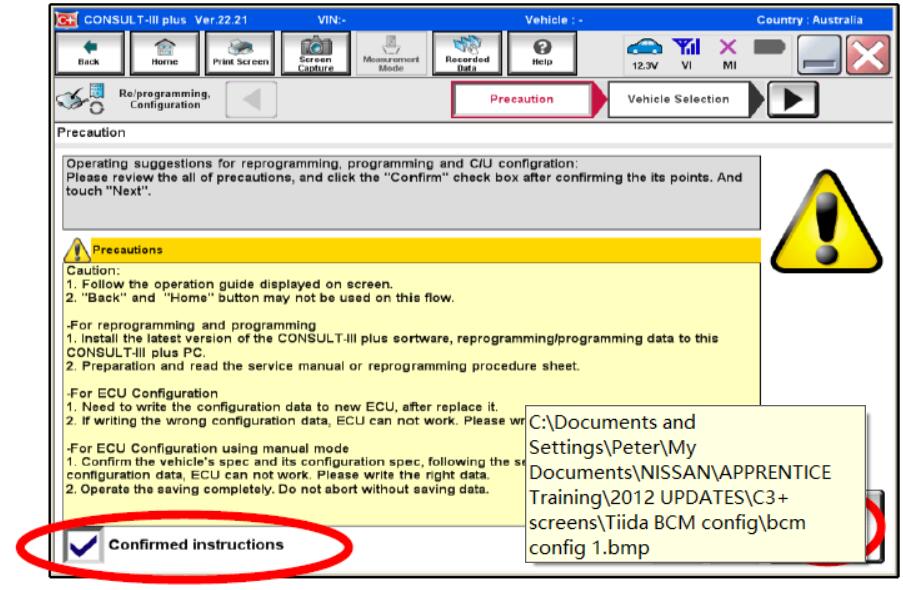

NOTE: If the Hazard Lamps and Headlamps are active, this indicates the BCM is functioning and is most likely not the cause of the CAN Bus fault. The following vehicle interactions listed below will aid in predetermining the type of vehicle communication that is/isn’t available: The scan tool becomes another module on the vehicle’s networks by acting as the Master Module of all Bus networks while connected to the DLC and contributes voltage to the operation of the CAN Bus. The terminating resistors for CAN Bus in the “stub” or “backbone” style are located in 2 separate dominant modules that are placed as far apart as is physically possible. In other CAN Bus architectures a vehicle may operate in a “stub” or “backbone” style, meaning there is a single, main line that connects all modules. The terminating resistors for CAN Bus are located in the Star Connectors that are part of the body and instrument panel wiring harnesses. The CAN Bus architecture of this vehicle operates in a “hub” or “star” style, meaning all of the modules are connected at a central point in the Star Connectors. On this vehicle the Body Control Module (BCM) is the CGW between the high and low speed CAN Bus networks (CAN-C and CAN-IHS) and communicates with the scan tool through CAN C.
NISSAN DATA SCAN 2 CANNT CONNECT TO BCM SERIAL
With the Ignition on, the voltage on class 2 serial data pin should be 5V or fluctuating between 3.5V and 5.0V, If open, PCM cannot transmit data to the scan tool.Ĭonnect positive DMM lead to DLC Battery + terminal Connect negative DMM lead to battery ground terminal (does not apply to a Mazda MPV)Ĭonnect the positive DMM lead to the class 2 Serial Data pin and the negative DMM lead to either pin 4 or pin 5 or a known good ground

NOTE: An open circuit or high ground resistance means that the PCM will never enter diagnostic mode. With the ignition on, the voltage drop across the ground terminal should be 0.1 Volts or less Do not connect to the body or chassis ground but to the battery terminal directly. TEST 1: Connect the positive DMM lead to DLC pin 4 and the negative DMM lead to the negative battery terminal, using jumper wires if necessary. If the scan tool does not receive data from an OBD II vehicle


 0 kommentar(er)
0 kommentar(er)
